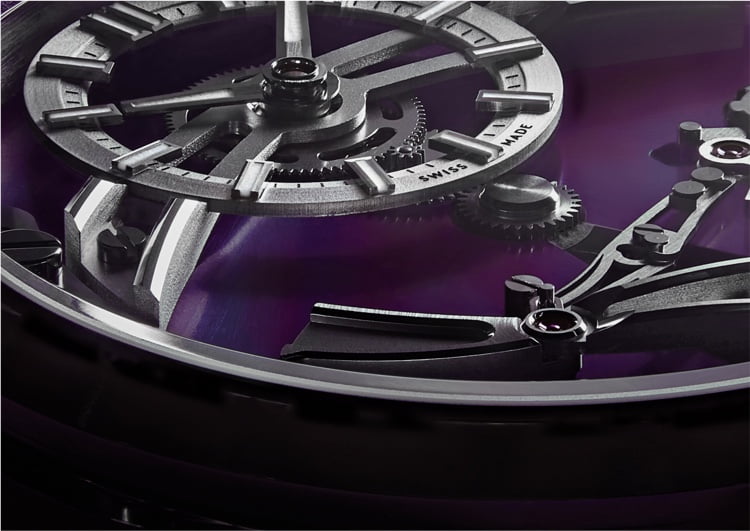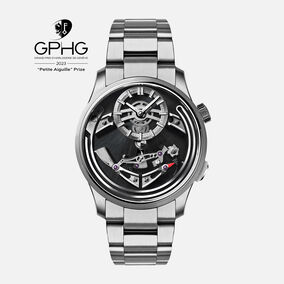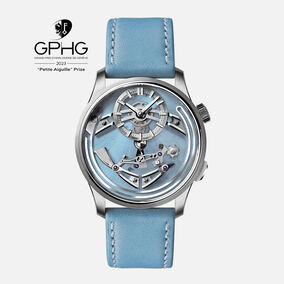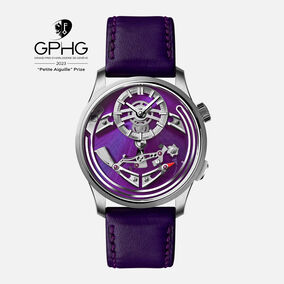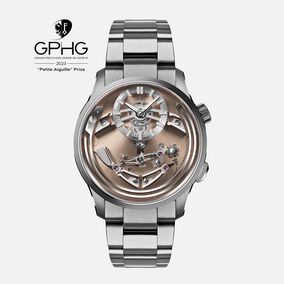With the bridges of the Bel Canto on view – each one is shaped, milled and polished by craftsmen before it’s ready to take its place on the platine
Most watch bridges, of course, are invisible to the user, and often aren’t the most attractive of things. Attached to the platine or plate in at least two places, they provide a bearing point for some of the movement’s many moving parts. With an open-worked piece like the Bel Canto, however, some of these bridges are completely on show, which means they have to look their very best. Here’s how that’s achieved…
First, the raw dial bridges are shaped and machined by 5-axis CNC milling machines – itself a very laborious process, requiring considerable skill on the part of the operator – before being delivered to a specialist polishing factory where they are first sand-sprayed, and then a red lacquer is applied to protect the sand-spray from being scratched.
The to-be-polished parts are then hand-treated by a skilled craftsperson using a fast, flexible micromotor. That name might ring few bells – a little Bel Canto reference there! – but you may be more familiar with variations on the micromotor than you realise, as these small hand-held devices are close relatives of the little vibrating or polishing tools your dentist uses on your teeth. Crucially, the motor is mounted in the handle of the device itself, making it easy to hold at any angle – perfect for precision work.

Naturally, as everything involved is so small and delicate, the polishing is all done under a microscope. It’s a painstaking process that normally takes four or five steps to complete, as the polisher needs to stop to check their progress every few seconds. With each bridge, the angled surfaces are polished to a mirror-like surface, while the narrow, flat top retains the sand-spray finish to contrast with, and visually push forward, the polished edges.

“I visited the polishing factory recently, and was amazed at the concentration levels required of the polishers,” says Jörg Bader Snr, CEO of Christopher Ward in Biel. “There I was, filming them at work and taking close-up photos of everything they were doing, and they didn’t seem to notice me at all. They’ve clearly trained themselves to ignore all distractions to a point where nothing short of a fire would disturb them.”

After the process is finished, the protective red lacquer is removed from the bridges, then the final work is inspected once again under a microscope. With any Christopher Ward watch, quality control is crucial – but when a part is as exposed as these dial bridges are on the Bel Canto, everything really does have to be perfect.

For more behind the scenes stories from Christopher Ward visit; christopherward.com/loupe
Related watches
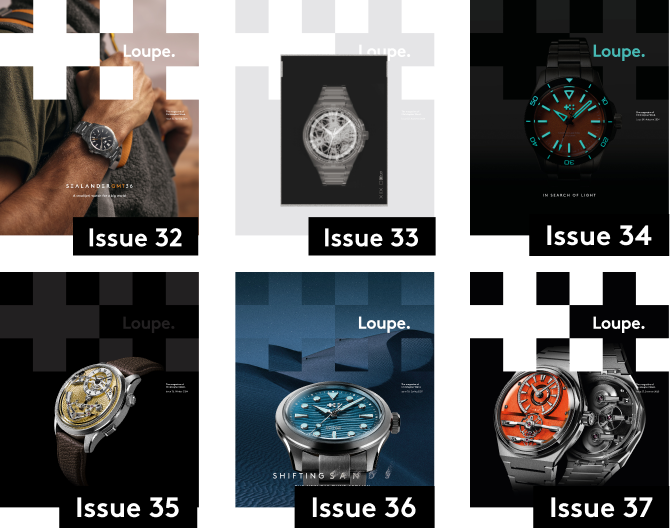
Sign up to Loupe magazine
Loupe is Christopher Ward’s quarterly in-house magazine. If you want to know what’s happening at CW (and you love great journalism), this is where to start. Alternatively, you can read all our back issues on your computer, tablet or phone.
Order your free copyRead Loupe online
